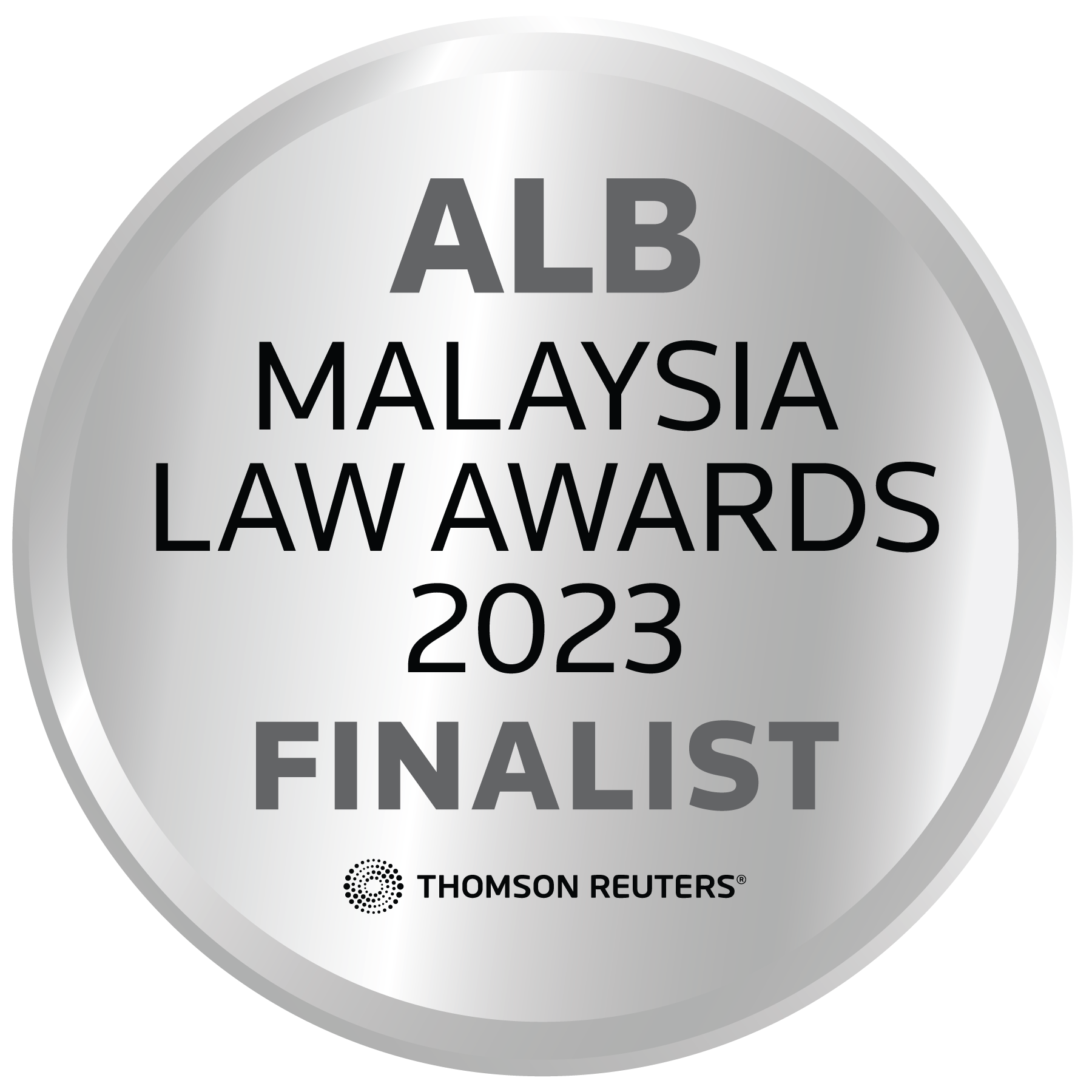Medical Records – Contemporaneous Evidence
When doctors and hospitals are sued in Court for negligence, factual disputes often turn on the contents of the medical records pertaining to the patient.
Medical records contain all relevant medical information pertaining to a patient, including the doctors’ and nurses’ clinical notes, laboratory and imaging reports, and consent forms. These records are considered contemporaneous evidence; they are recorded as and when events occur (or shortly thereafter) and can be considered fairly accurate when compared to a witness testifying at trial who is attempting to recall exact details of events that took place years before.
It therefore follows that when a doctor’s or nurse’s documentation in a patient’s medical records is perfunctory, incomplete, or illegible, it is much more difficult for a doctor or a hospital to successfully contest a claim and succeed in their defence at trial.
It should also be said that poor medical record keeping can also work to a claimant’s disadvantage, making it difficult for a patient to succeed in a claim for medical negligence. This would be true in cases where a patient suffers an injury which should not have occurred but is in the dark as to how the injury transpired. The patient may then be hoping for the medical records to shed light on the actual sequence of events.
The importance of good documentation and record keeping on the part of doctors was recently underscored by the Court of Appeal in Dr Premitha Damodaran v Gurisha Taranjeet Kaur & Another (to date unreported). In the High Court, Gurisha Taranjeet Kaur and Baljeet Kaur Grewal (Gurisha’s mother) brought an action against Dr Premitha Damodaran and Pantai Hospital Kuala Lumpur. Following a full trial, the Court allowed the Plaintiffs claim against Dr Premitha but dismissed the Plaintiffs’ claim against the Hospital. The Plaintiffs and Dr Premitha appealed to the Court of Appeal against the High Court’s decision.
| Brief Facts Madam Baljeet gave birth to Gurisha on 14 May 2014 at Pantai Hospital Kuala Lumpur. As a result of complications during delivery, Gurisha suffered a brachial plexus injury to her left shoulder and Madam Baljeet suffered a tear to her perineum. Madam Baljeet had opted for a normal vaginal delivery. Unfortunately, during the delivery, Madam Baljeet was unable to deliver normally, and forceps were employed to deliver Gurisha. Following the use of the forceps, the umbilical cord was wound around Gurisha’s neck. After the umbilical cord was cut and separated, there was no further descent and the baby’s shoulders were stuck in a transverse lie. According to Dr Premitha, a “McRoberts manoeuvre” was initiated and Dr Premitha rotated the stuck baby using her hands and managed to deliver her. The Plaintiffs’ case was that Dr Premitha’s actions or omissions had caused the Plaintiffs’ injuries. Among the allegations against Dr Premitha was that there had been a failure to advise Madam Baljeet of the risks of a natural delivery, a failure to discuss the option of a Caesarean Section, and a failure to perform a complete and accurate McRoberts manoeuvre. | ||
Decision of the Court
In the High Court, the trial Judge accepted the Plaintiffs’ claim that Dr Premitha had not discussed, and therefore did not offer, the option of a C- Section with Madam Baljeet.
| However, the Court of Appeal found that the contemporaneous documents, including the medical records pertaining to Madam Baljeet, demonstrated that Dr Premitha had in fact discussed this option with Madam Baljeet. In fact, even on the day before the delivery, Dr Premitha had noted that Madam Baljeet was “not in favour” of a C-Section and preferred a normal delivery. | ||
The Court of Appeal observed that while Dr Premitha had testified that she had not discussed the option of a C-Section with Madam Baljeet on the day of the delivery, the trial Judge had wrongly taken that to be an admission that there had been no discussion at all. On the contrary, apart from the notations in the medical records, there was evidence of text messages between Dr Premitha and Madam Baljeet in which a C-Section was discussed.
An important factor at trial was Dr Premitha’s testimony that Madam Baljeet had informed her that her first child, who had been delivered via normal vaginal delivery, had weighed 4.54 kg at birth. As Gurisha’s weight in the womb was estimated to be between 3.8 kg and 4 kg, this was a primary consideration in Dr Premitha making a professional judgment that a natural birth was possible for Gurisha.
On this point, Dr Premitha testified at trial that, had she known that Madam Baljeet’s first child’s birth weight was only 3.8 kg, she would have insisted on a C-Section and would not have recommended a vaginal delivery. On the other hand, both Madam Baljeet and her husband testified that they had not told Dr Premitha that their first child’s weight at birth was 4.54 kg; instead, they testified that they had told her that it was “approximately 4kgs”.
In her clinical notes of their 1st consultation, Dr Premitha had recorded Madam Baljeet as telling her that her first child’s weight at birth was 4.54 kg. However, the trial Judge rejected this evidence and instead accepted Madam Baljeet’s oral testimony that she had not informed Dr Premitha of this detail.
| The Court of Appeal observed that apart from the record of the initial consultation, this birth weight was also recorded in the insurance form which Dr Premitha had filled out for Madam Baljeet, which had been provided to Madam Baljeet at that time. Following Gurisha’s birth, Dr Premitha had also brought up the birth weight of Madam Baljeet’s first child on 2 occasions during a grievance meeting – neither Madam Baljeet nor her husband had corrected this detail at that time. The birth weight of Madam Baljeet’s first child was also stated as 4.54 kg in a medical report prepared by Dr Premitha in December 2014. | ||
The Court of Appeal was moved to overturn the trial Judge’s finding on this issue on the strength of the “uncontested documentary evidence” that Dr Premitha had been misinformed of the birth weight of Madam Baljeet’s first child. The Court noted that the trial Judge ought to have tested the Plaintiffs’ oral testimony against the entirety of the evidence of the case:
| “there is a duty on the learned trial judge to consider all these pieces of credible documentary evidence instead of accepting inherently improbable and partial oral testimony” | ||
The appellate Court went further to hold that while it is part of a doctor’s duty to take a patient’s medical history, this does not extend to explaining to the patient that providing an accurate and truthful history is important; the importance of the accuracy of the information provided to a doctor is implicit in the act of history taking itself.
Bearing this in mind, the Court of Appeal held that the law “cannot impose a burden on an attending physician to inform or warn the patient to give accurate answers to the questions posed during history taking, or for that matter to ensure that the patient’s answers are accurate and truthful.”. The Court also held that the duty to take a proper history cannot be expanded to require a doctor to reach out to a patient’s previous doctors to verify the history taken.
Given the above, the Court of Appeal was of the view that Dr Premitha had not breached her duty to advise Madam Baljeet of the risks of a natural delivery in the particular circumstances of this case. If she had not been misinformed of the birth weight of the first child, the advice given to Madam Baljeet would have been different.
With regard to the Plaintiff’s allegation that Dr Premitha had failed to utilise the “McRoberts manoeuvre” to help Gurisha’s shoulders to move through so that she could be delivered without injury, the Court of Appeal again turned to Dr Premitha’s documentation in the medical records.
In the High Court, the trial Judge found that that the McRoberts manoeuvre had not been carried out, based on the testimony of a nurse involved in the delivery. This was despite the contemporaneous notation by Dr Premitha that the manoeuvre was in fact carried out as well as her oral testimony at the trial, where she explained how the manoeuvre was carried out in this case.
The Court of Appeal noted that the trial Judge had accepted the nurse’s testimony even though the nurse appeared confused when testifying at the trial. The appellate Court was of the view that the trial Judge should not have placed too much emphasis on the nurse’s evidence without considering the totality of the evidence before the Court, especially given the contemporaneous evidence found in the medical records.
Take-home Points
- It is clear from the decision of the Court of Appeal in Gurisha that there is great probative value attached to the contemporaneous nature of medical records. Medical professionals should therefore take care to ensure that their documentation is exhaustive and legible, allowing for easy recall and explanation of events that transpired.
- In particular, proper regard should be given to the documentation of advice given to patients as to material risks relevant to a particular treatment or procedure.
- It should also be stated that the Courts will not blindly accept notations in medical records over oral testimony – these notations can also be subject to error and bias. Instead, as the Court of Appeal repeatedly stated in Gurisha, any testimony, whether oral or documentary, must be tested against the totality of the evidence led in a given case to allow the Court to reach a proper decision on a balance of probabilities.
Disclaimer: The information contained herein is for general information and does not constitute legal advice rendered by the Firm. The Firm will not accept liability for any loss or damage in connection with the use of information contained in this article.
Feel free to consult us should you require any legal consultation.



